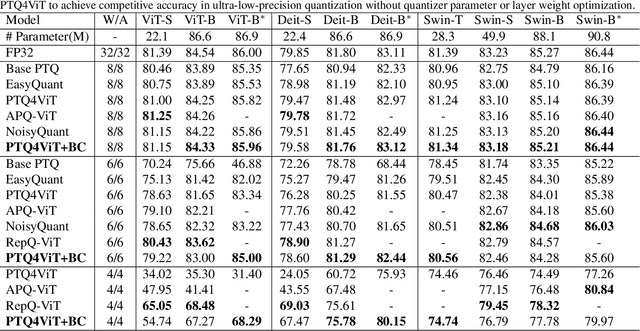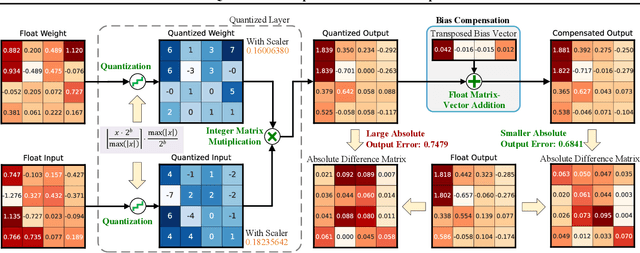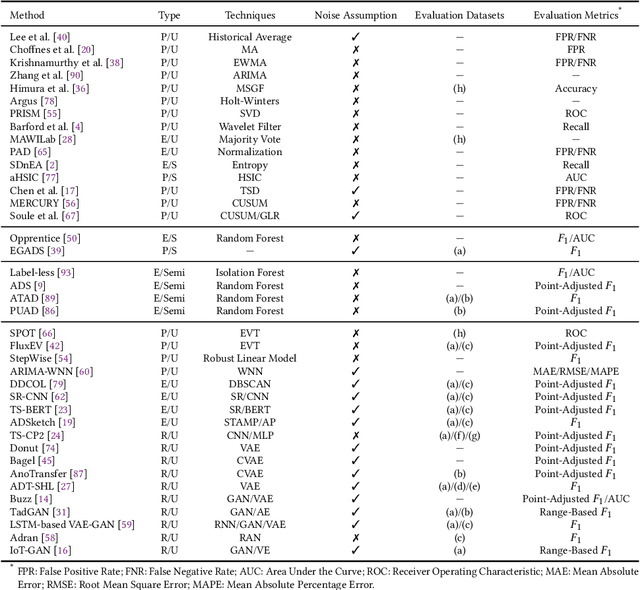Yuzhi Zhang
GraphRAG-R1: Graph Retrieval-Augmented Generation with Process-Constrained Reinforcement Learning
Jul 31, 2025Abstract:Graph Retrieval-Augmented Generation (GraphRAG) has shown great effectiveness in enhancing the reasoning abilities of LLMs by leveraging graph structures for knowledge representation and modeling complex real-world relationships. However, existing GraphRAG methods still face significant bottlenecks when handling complex problems that require multi-hop reasoning, as their query and retrieval phases are largely based on pre-defined heuristics and do not fully utilize the reasoning potentials of LLMs. To address this problem, we propose GraphRAG-R1, an adaptive GraphRAG framework by training LLMs with process-constrained outcome-based reinforcement learning (RL) to enhance the multi-hop reasoning ability. Our method can decompose complex problems, autonomously invoke retrieval tools to acquire necessary information, and perform effective reasoning. Specifically, we utilize a modified version of Group Relative Policy Optimization (GRPO) that supports rollout-with-thinking capability. Next, we design two process-constrained reward functions. To handle the shallow retrieval problem, we design a Progressive Retrieval Attenuation (PRA) reward to encourage essential retrievals. Then, to handle the over-thinking problem, we design Cost-Aware F1 (CAF) reward to balance the model performance with computational costs. We further design a phase-dependent training strategy, containing three training stages corresponding to cold start and these two rewards. Lastly, our method adopts a hybrid graph-textual retrieval to improve the reasoning capacity. Extensive experimental results demonstrate that GraphRAG-R1 boosts LLM capabilities in solving complex reasoning problems compared to state-of-the-art GraphRAG methods on both in-domain and out-of-domain datasets. Furthermore, our framework can be flexibly integrated with various existing retrieval methods, consistently delivering performance improvements.
Car-GS: Addressing Reflective and Transparent Surface Challenges in 3D Car Reconstruction
Jan 19, 2025



Abstract:3D car modeling is crucial for applications in autonomous driving systems, virtual and augmented reality, and gaming. However, due to the distinctive properties of cars, such as highly reflective and transparent surface materials, existing methods often struggle to achieve accurate 3D car reconstruction.To address these limitations, we propose Car-GS, a novel approach designed to mitigate the effects of specular highlights and the coupling of RGB and geometry in 3D geometric and shading reconstruction (3DGS). Our method incorporates three key innovations: First, we introduce view-dependent Gaussian primitives to effectively model surface reflections. Second, we identify the limitations of using a shared opacity parameter for both image rendering and geometric attributes when modeling transparent objects. To overcome this, we assign a learnable geometry-specific opacity to each 2D Gaussian primitive, dedicated solely to rendering depth and normals. Third, we observe that reconstruction errors are most prominent when the camera view is nearly orthogonal to glass surfaces. To address this issue, we develop a quality-aware supervision module that adaptively leverages normal priors from a pre-trained large-scale normal model.Experimental results demonstrate that Car-GS achieves precise reconstruction of car surfaces and significantly outperforms prior methods. The project page is available at https://lcc815.github.io/Car-GS.
Deep Feature Surgery: Towards Accurate and Efficient Multi-Exit Networks
Jul 19, 2024



Abstract:Multi-exit network is a promising architecture for efficient model inference by sharing backbone networks and weights among multiple exits. However, the gradient conflict of the shared weights results in sub-optimal accuracy. This paper introduces Deep Feature Surgery (\methodname), which consists of feature partitioning and feature referencing approaches to resolve gradient conflict issues during the training of multi-exit networks. The feature partitioning separates shared features along the depth axis among all exits to alleviate gradient conflict while simultaneously promoting joint optimization for each exit. Subsequently, feature referencing enhances multi-scale features for distinct exits across varying depths to improve the model accuracy. Furthermore, \methodname~reduces the training operations with the reduced complexity of backpropagation. Experimental results on Cifar100 and ImageNet datasets exhibit that \methodname~provides up to a \textbf{50.00\%} reduction in training time and attains up to a \textbf{6.94\%} enhancement in accuracy when contrasted with baseline methods across diverse models and tasks. Budgeted batch classification evaluation on MSDNet demonstrates that DFS uses about $\mathbf{2}\boldsymbol{\times}$ fewer average FLOPs per image to achieve the same classification accuracy as baseline methods on Cifar100.
Uni-ELF: A Multi-Level Representation Learning Framework for Electrolyte Formulation Design
Jul 08, 2024



Abstract:Advancements in lithium battery technology heavily rely on the design and engineering of electrolytes. However, current schemes for molecular design and recipe optimization of electrolytes lack an effective computational-experimental closed loop and often fall short in accurately predicting diverse electrolyte formulation properties. In this work, we introduce Uni-ELF, a novel multi-level representation learning framework to advance electrolyte design. Our approach involves two-stage pretraining: reconstructing three-dimensional molecular structures at the molecular level using the Uni-Mol model, and predicting statistical structural properties (e.g., radial distribution functions) from molecular dynamics simulations at the mixture level. Through this comprehensive pretraining, Uni-ELF is able to capture intricate molecular and mixture-level information, which significantly enhances its predictive capability. As a result, Uni-ELF substantially outperforms state-of-the-art methods in predicting both molecular properties (e.g., melting point, boiling point, synthesizability) and formulation properties (e.g., conductivity, Coulombic efficiency). Moreover, Uni-ELF can be seamlessly integrated into an automatic experimental design workflow. We believe this innovative framework will pave the way for automated AI-based electrolyte design and engineering.
Minimize Quantization Output Error with Bias Compensation
Apr 02, 2024



Abstract:Quantization is a promising method that reduces memory usage and computational intensity of Deep Neural Networks (DNNs), but it often leads to significant output error that hinder model deployment. In this paper, we propose Bias Compensation (BC) to minimize the output error, thus realizing ultra-low-precision quantization without model fine-tuning. Instead of optimizing the non-convex quantization process as in most previous methods, the proposed BC bypasses the step to directly minimize the quantizing output error by identifying a bias vector for compensation. We have established that the minimization of output error through BC is a convex problem and provides an efficient strategy to procure optimal solutions associated with minimal output error,without the need for training or fine-tuning. We conduct extensive experiments on Vision Transformer models and Large Language Models, and the results show that our method notably reduces quantization output error, thereby permitting ultra-low-precision post-training quantization and enhancing the task performance of models. Especially, BC improves the accuracy of ViT-B with 4-bit PTQ4ViT by 36.89% on the ImageNet-1k task, and decreases the perplexity of OPT-350M with 3-bit GPTQ by 5.97 on WikiText2.The code is in https://github.com/GongCheng1919/bias-compensation.
A Survey of Time Series Anomaly Detection Methods in the AIOps Domain
Aug 01, 2023



Abstract:Internet-based services have seen remarkable success, generating vast amounts of monitored key performance indicators (KPIs) as univariate or multivariate time series. Monitoring and analyzing these time series are crucial for researchers, service operators, and on-call engineers to detect outliers or anomalies indicating service failures or significant events. Numerous advanced anomaly detection methods have emerged to address availability and performance issues. This review offers a comprehensive overview of time series anomaly detection in Artificial Intelligence for IT operations (AIOps), which uses AI capabilities to automate and optimize operational workflows. Additionally, it explores future directions for real-world and next-generation time-series anomaly detection based on recent advancements.
 Add to Chrome
Add to Chrome Add to Firefox
Add to Firefox Add to Edge
Add to Edge